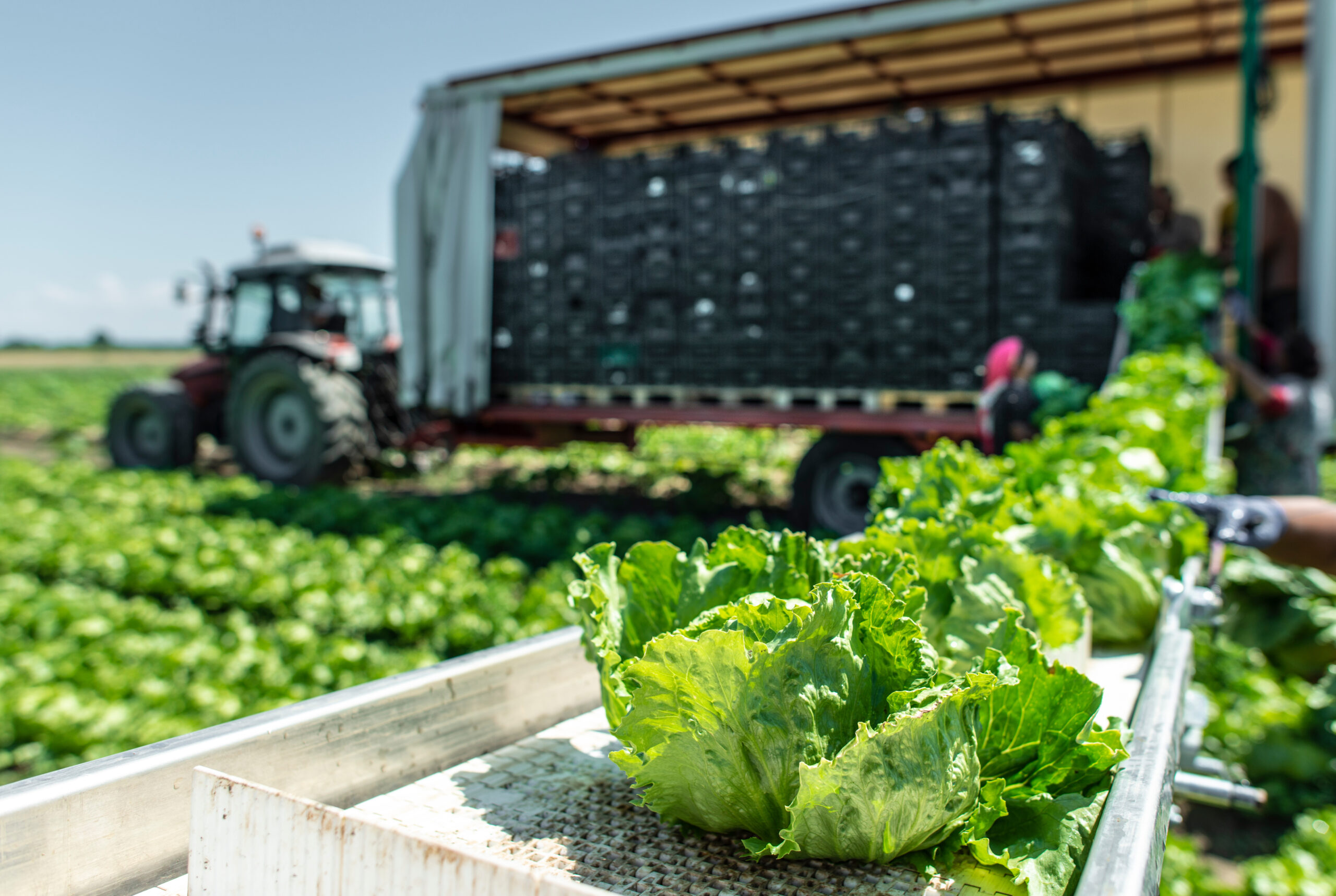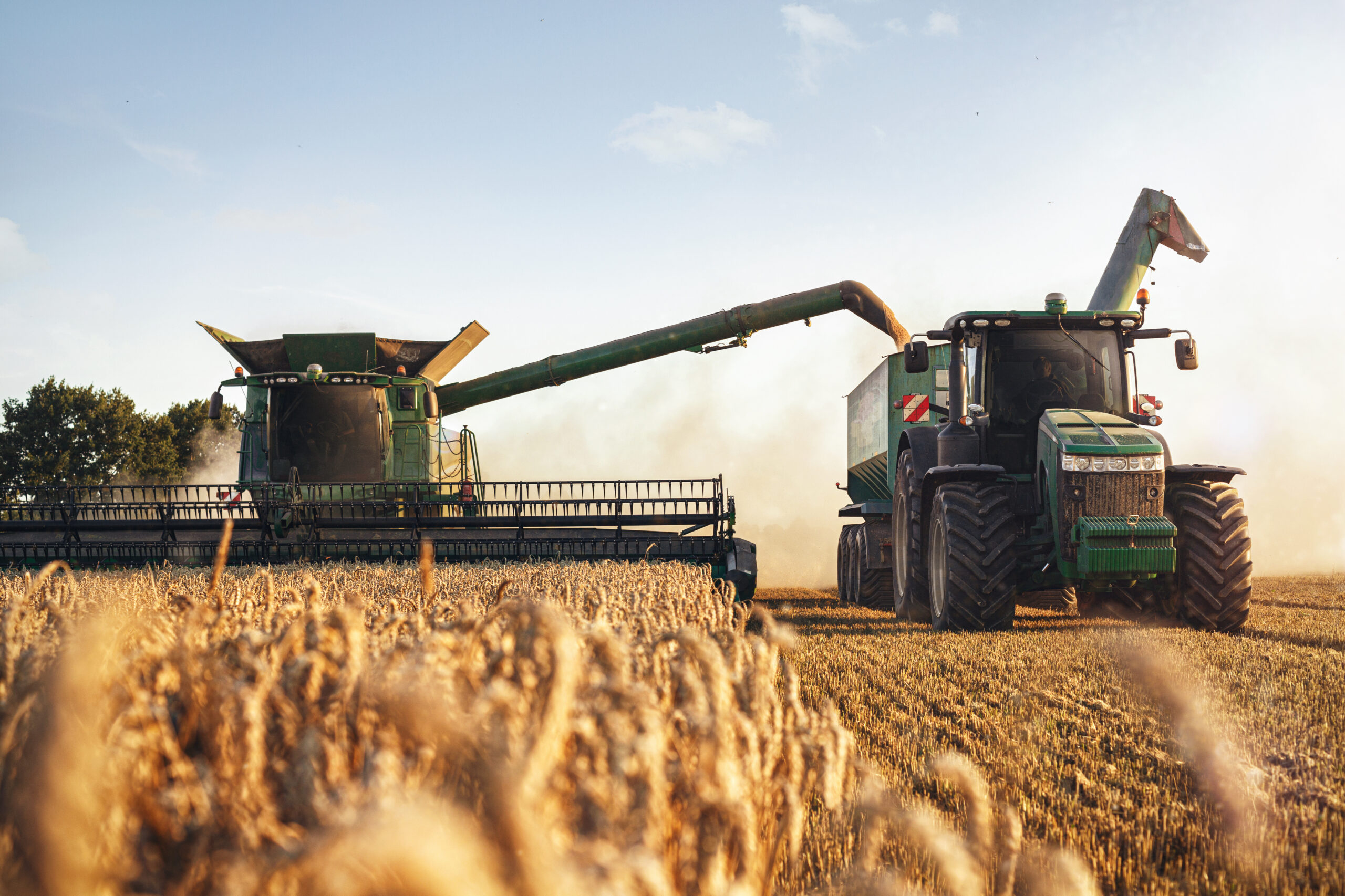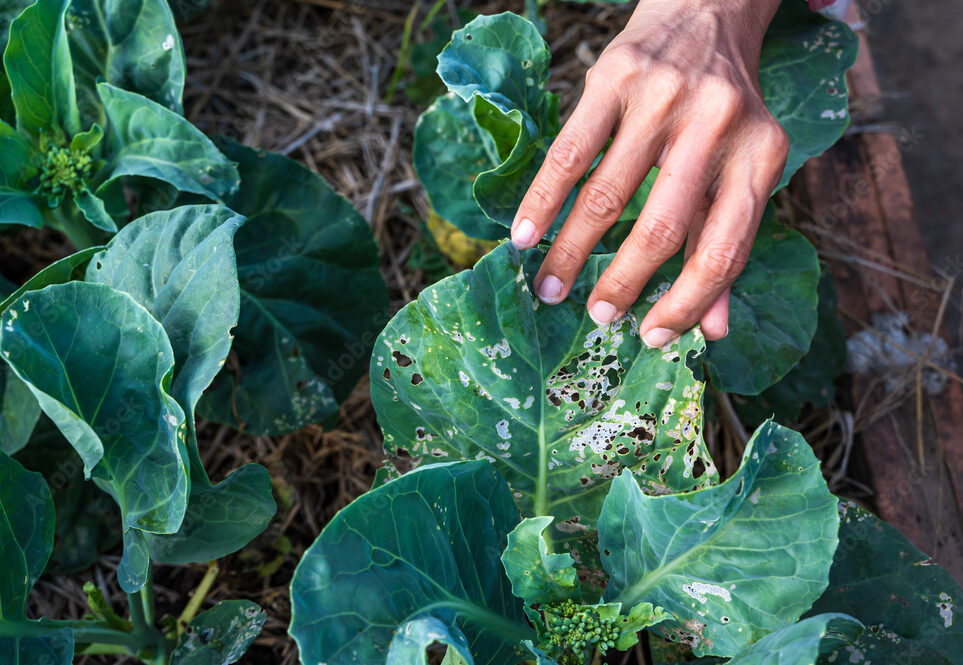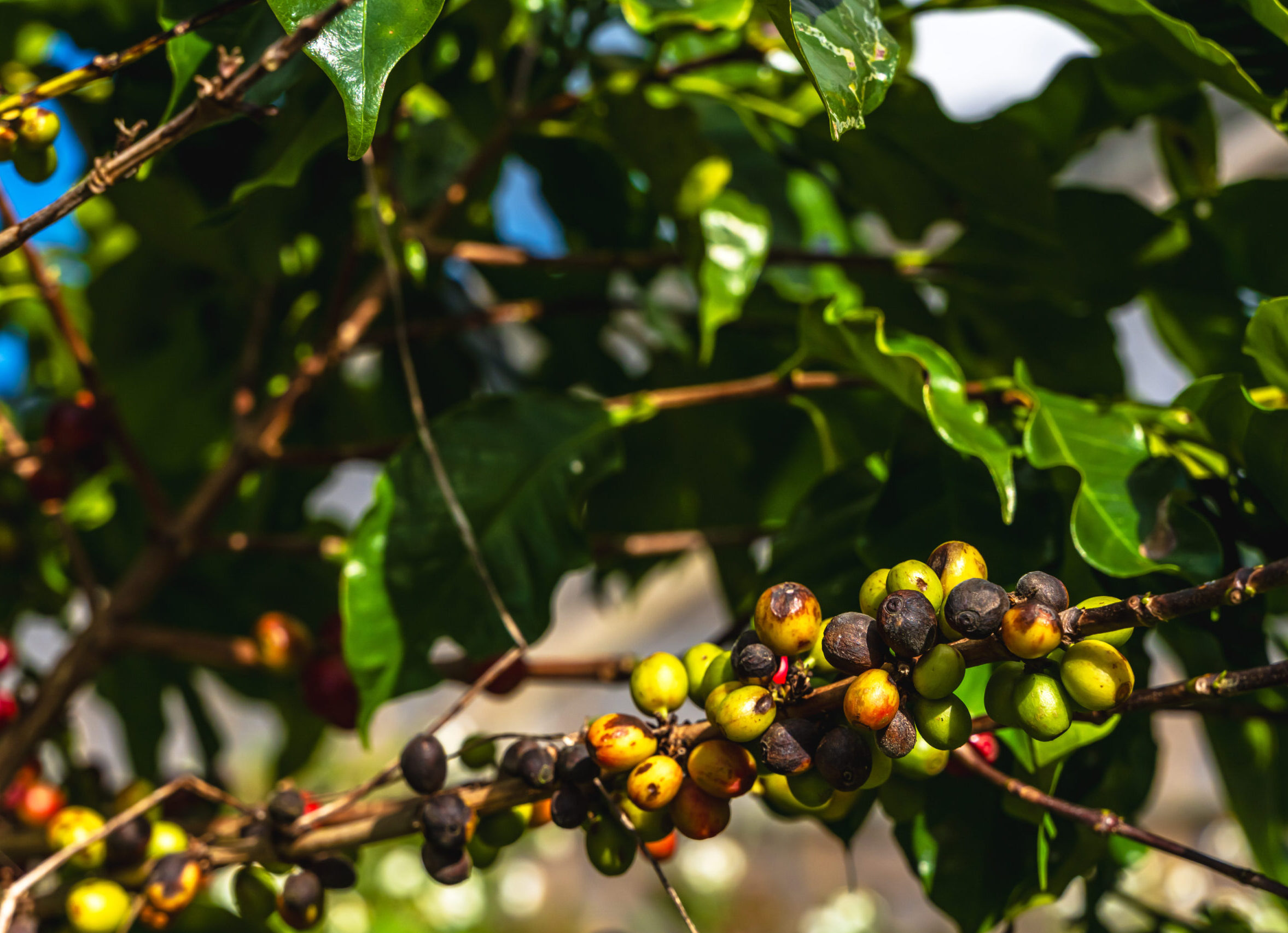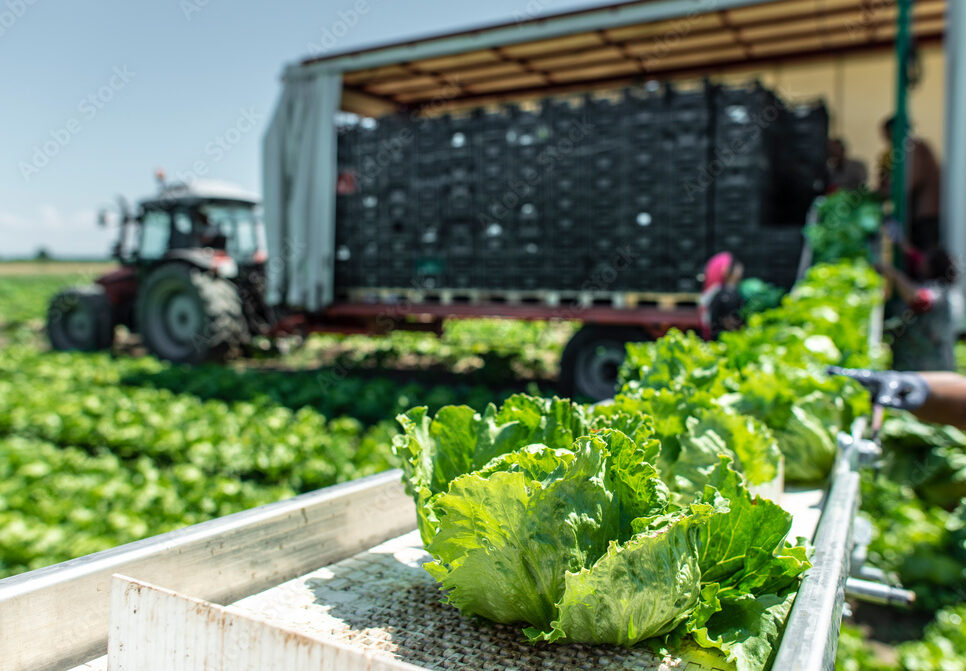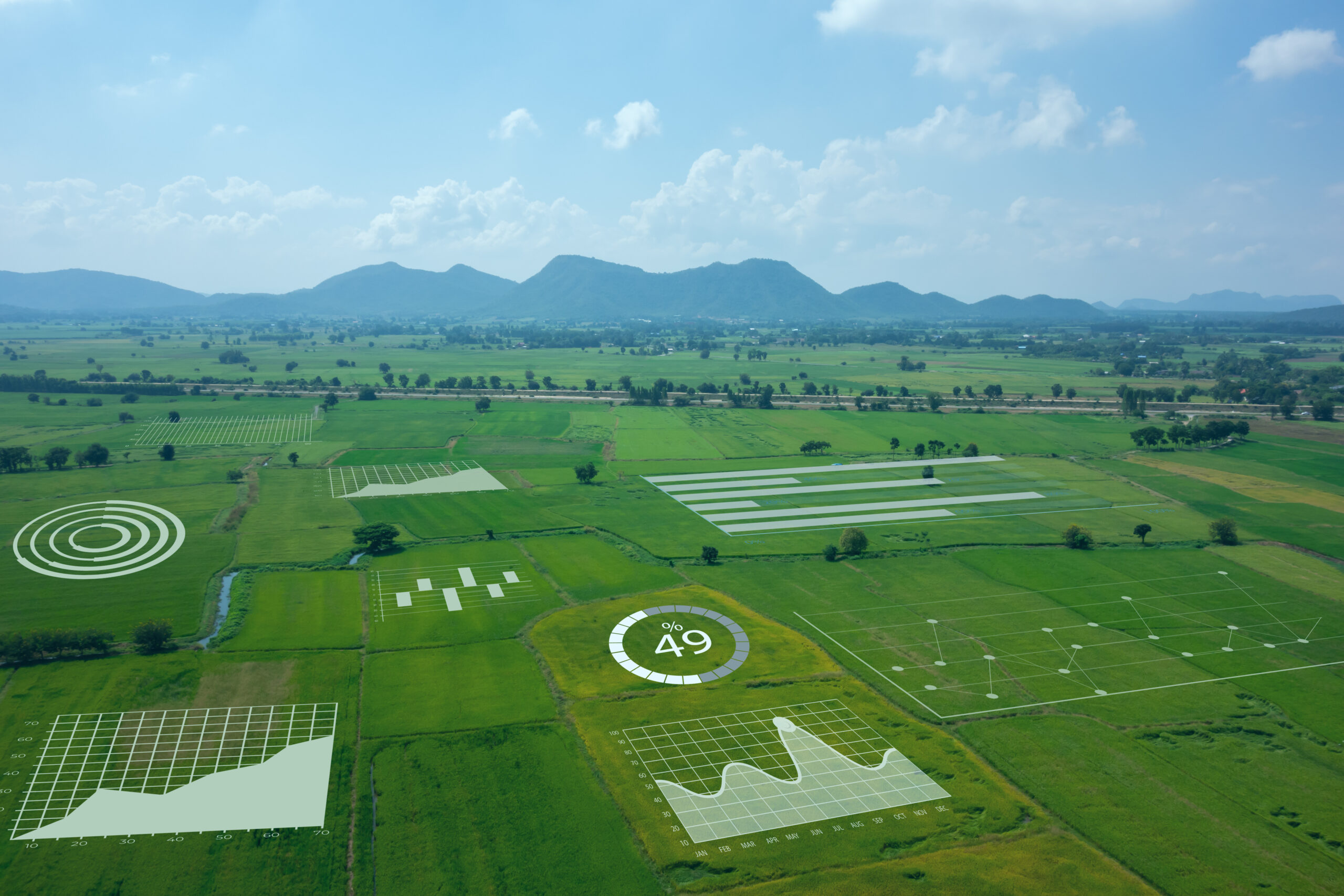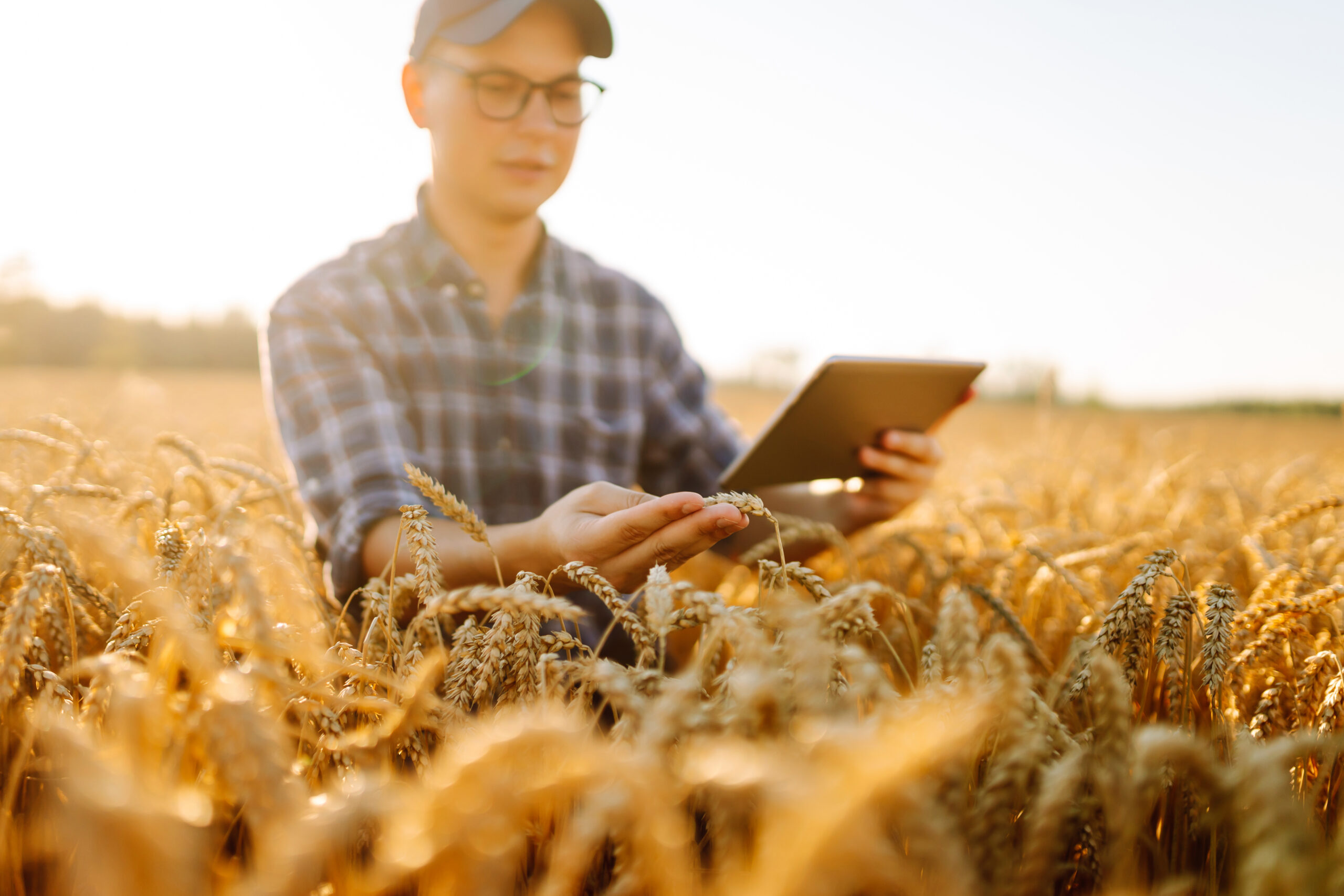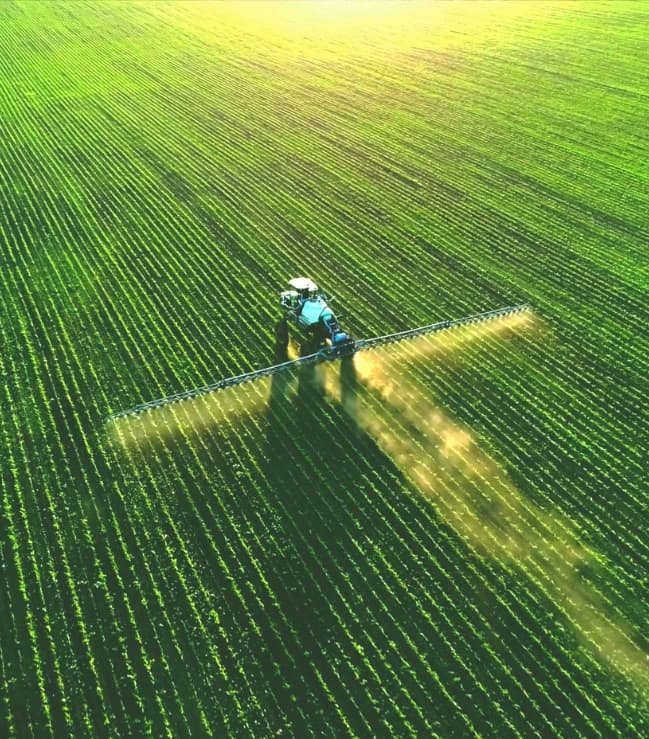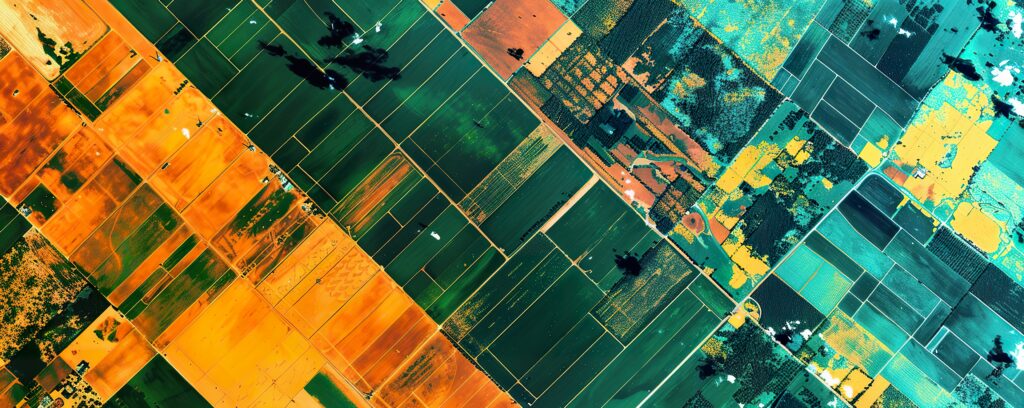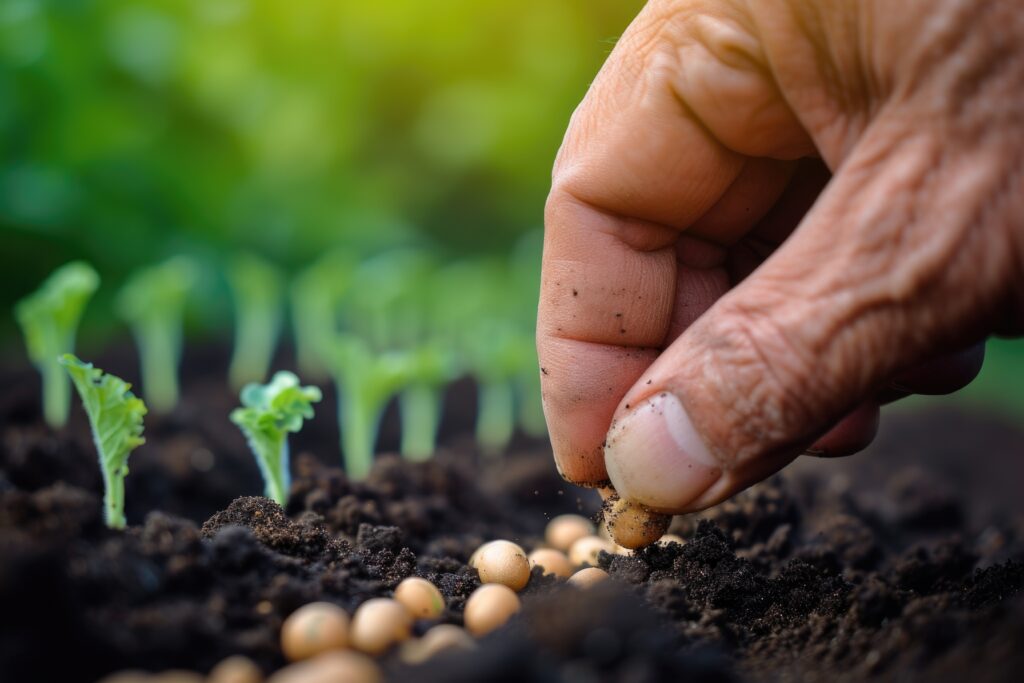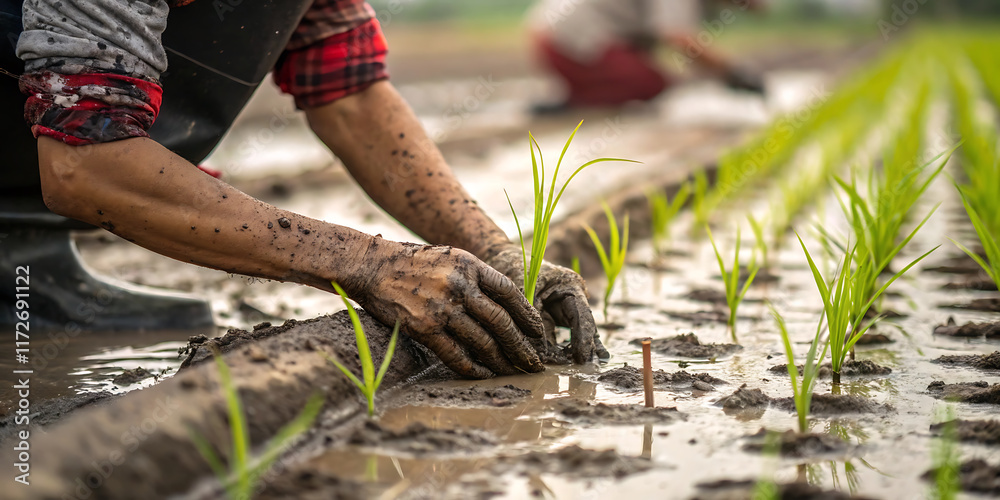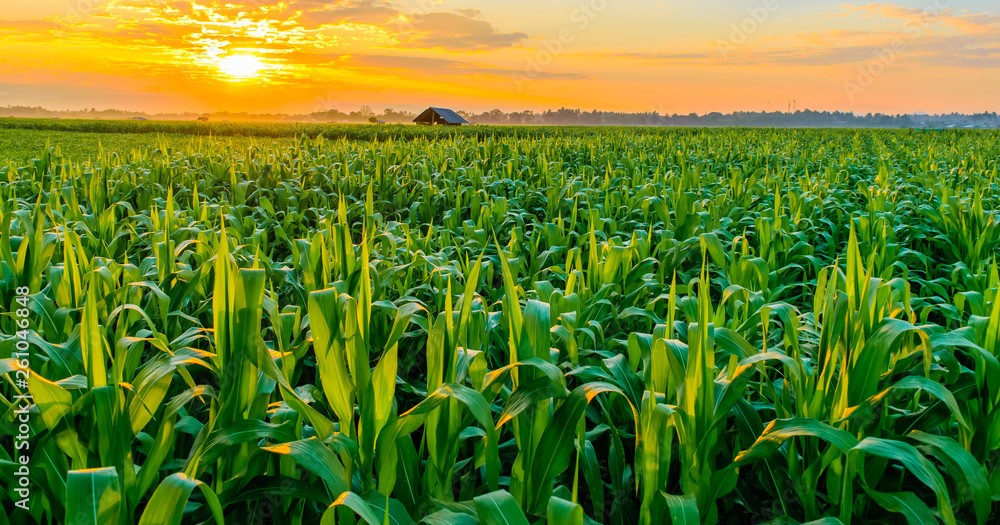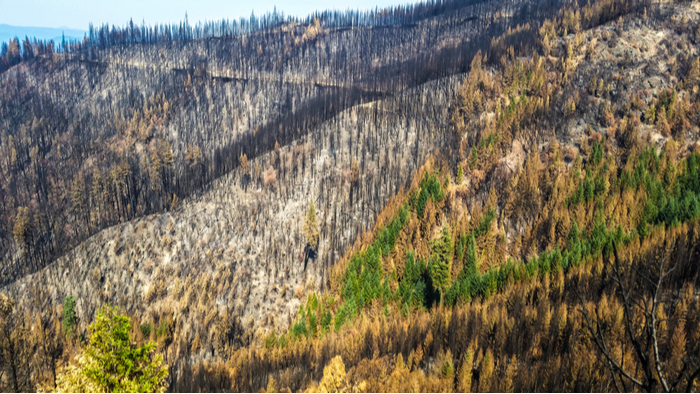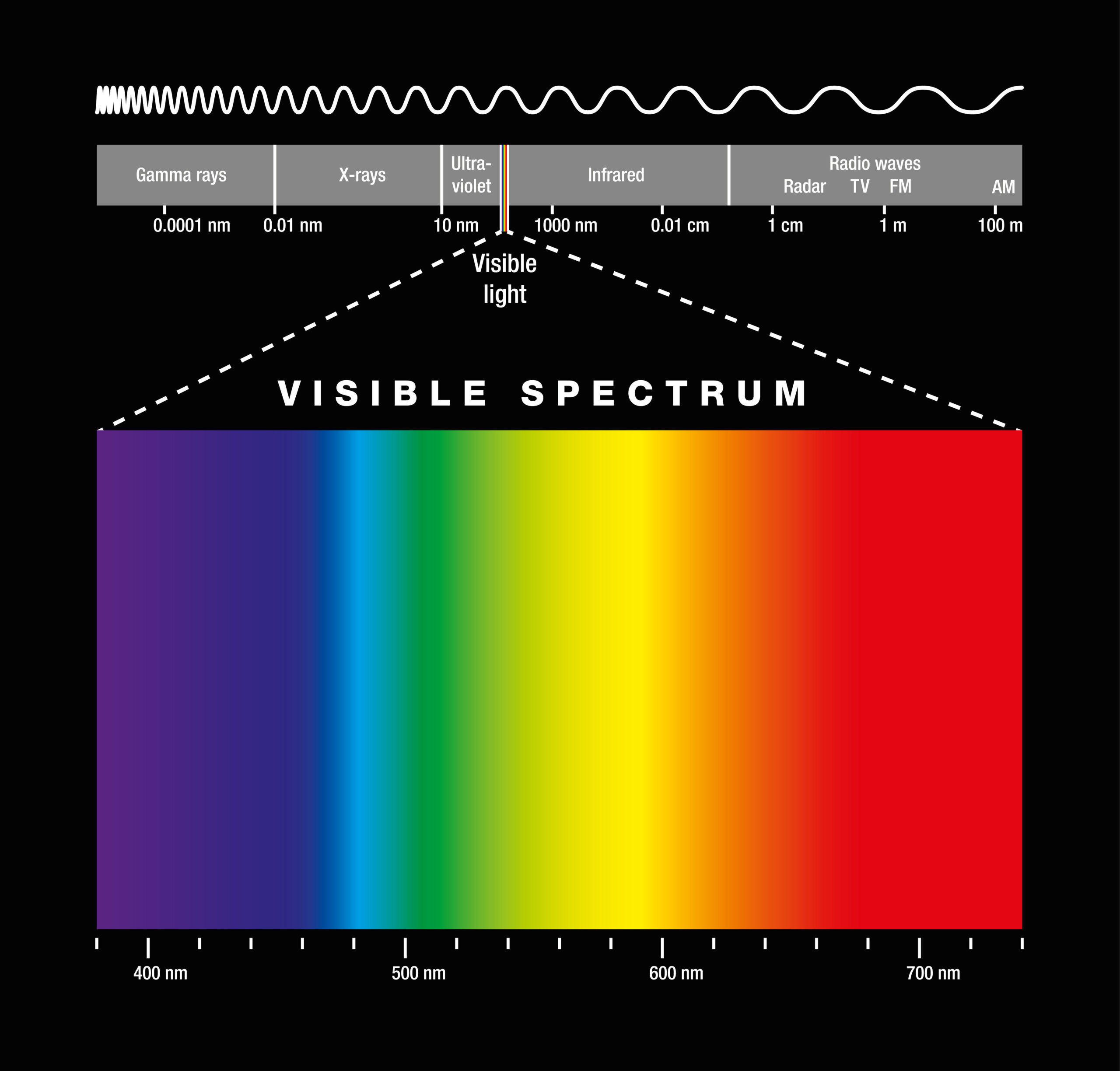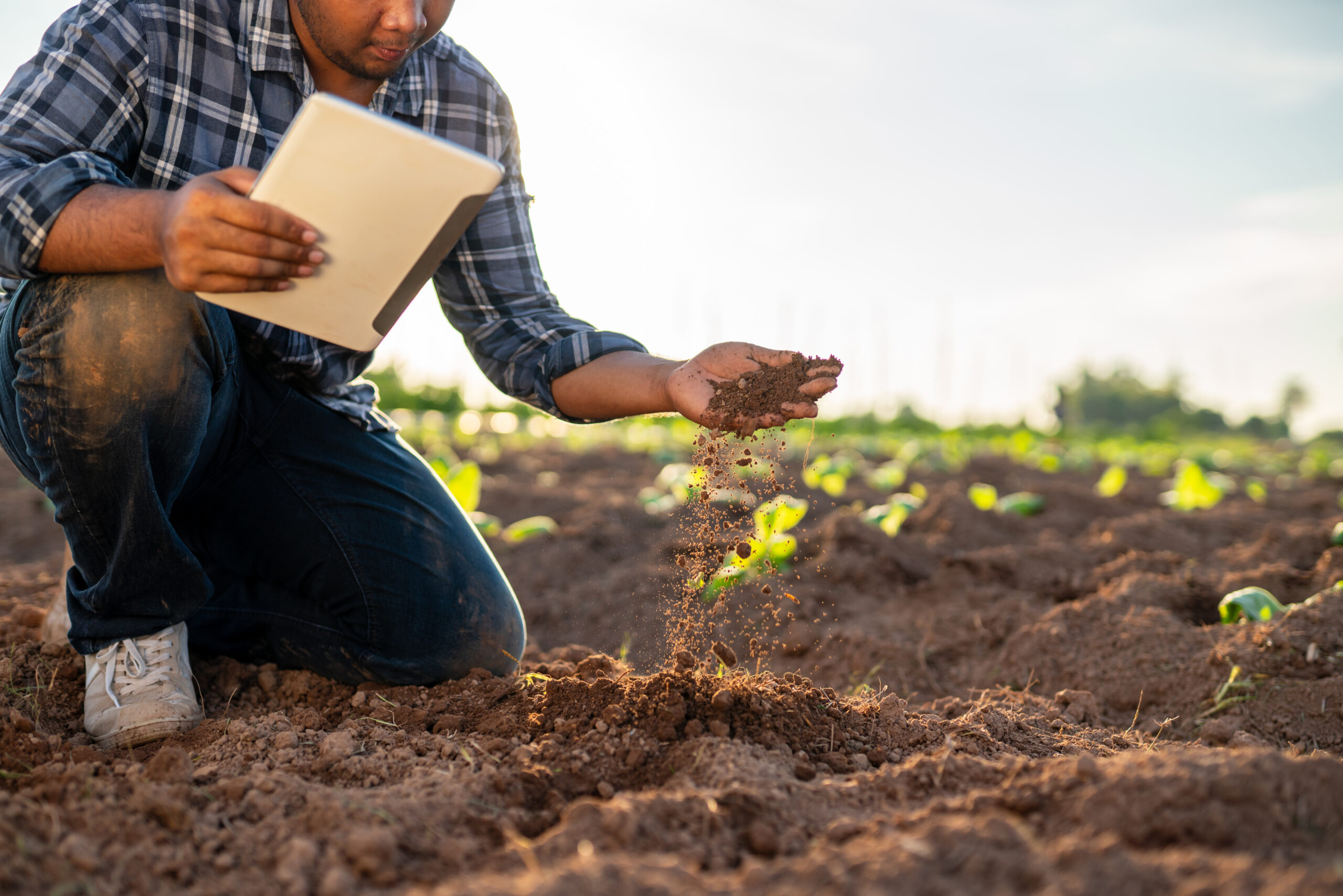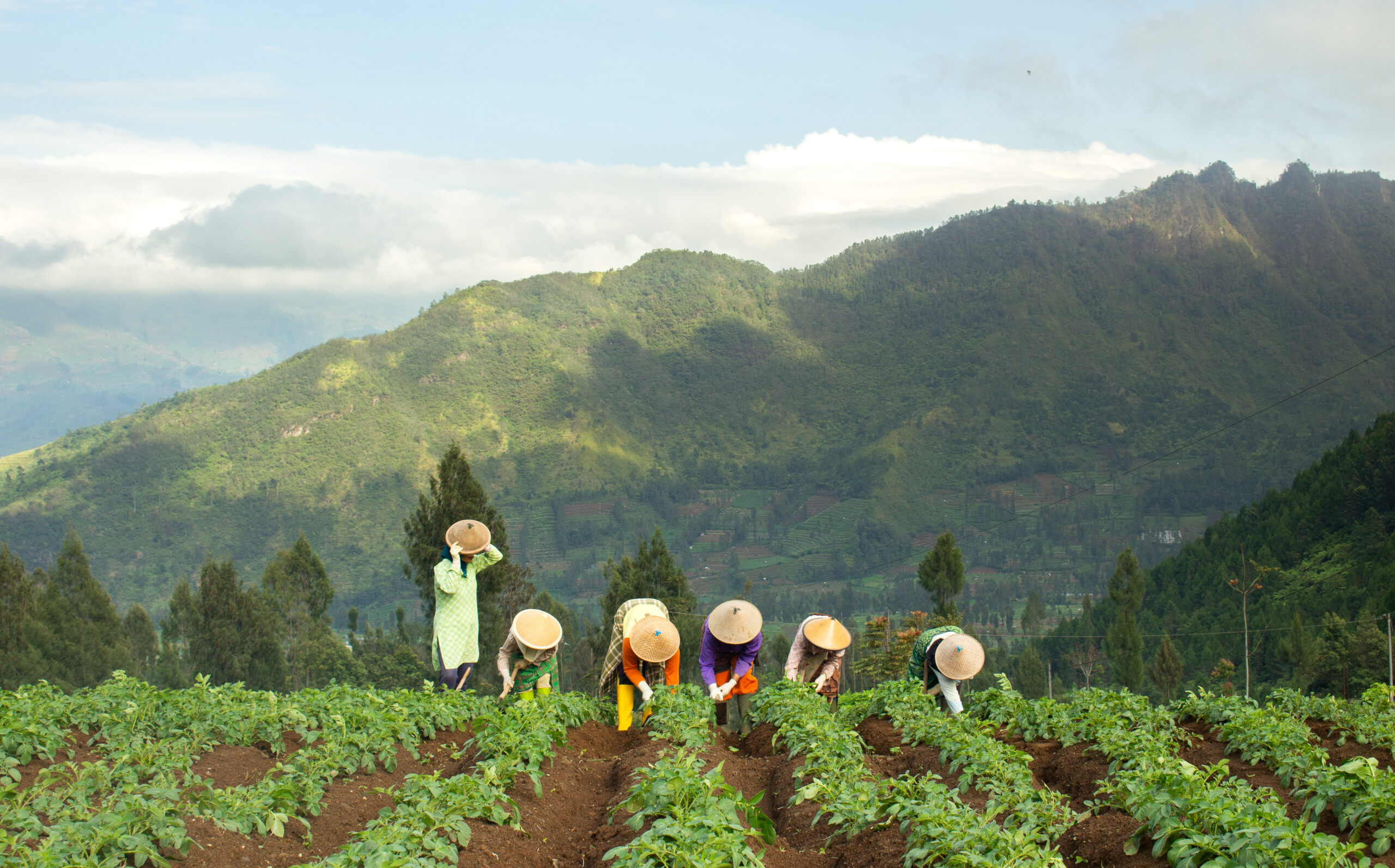In a market flooded with imagery, what sets AAC Clyde Space’s VIREON™ constellation apart is its focus on delivering intelligence, not just pixels. VIREON™ is designed from the ground up to provide application-ready Earth Observation (EO) that meets the real-world needs of agriculture, insurance, and finance—bridging the gap between orbital sensors and on-the-ground decisions. Video: drone example footage
Satellites to Seeds: How Space Tech is Revolutionizing Farming & Finance
- SPACE DATA AS A SERVICE
Why Financial Institutions Are Turning to the Sky
Banks: From Collateral to Context
Traditional agricultural lending has long relied on static indicators—land deeds, past yields, or borrower reputation. But this model breaks down in uncertain environments, especially when financing first-time borrowers or smallholders.
By using EO, banks can now:
Assess real-time productivity
Reduce default risk
Expand inclusion
Insurers: Automating Trust in an Age of Uncertainty
Agricultural insurance—especially for weather and yield loss—is often seen as too costly or slow to deliver real value. But EO is rewriting that story.
Platforms like VIREON™ support insurers by:
Enabling parametric products and scaling affordability
Preventing fraud
Investors: Sustainable Yields, Transparent Risks
For institutional investors, particularly those with an emphasis on ESG-aligned portfolios, the biggest challenge isn’t appetite—it’s agricultural transparency. That’s where EO becomes indispensable.
VIREON ™ enables investors to:
Track sustainability commitments
Measure carbon performance
De-risk ag-heavy portfolios
Monitor supply chain integrity
VIREON™: Earth Observation for Agriculture & Finance
Other Case studies
Sign up to our newsletters for the latest news, projects and more delivered straight to your inbox
"*" indicates required fields
